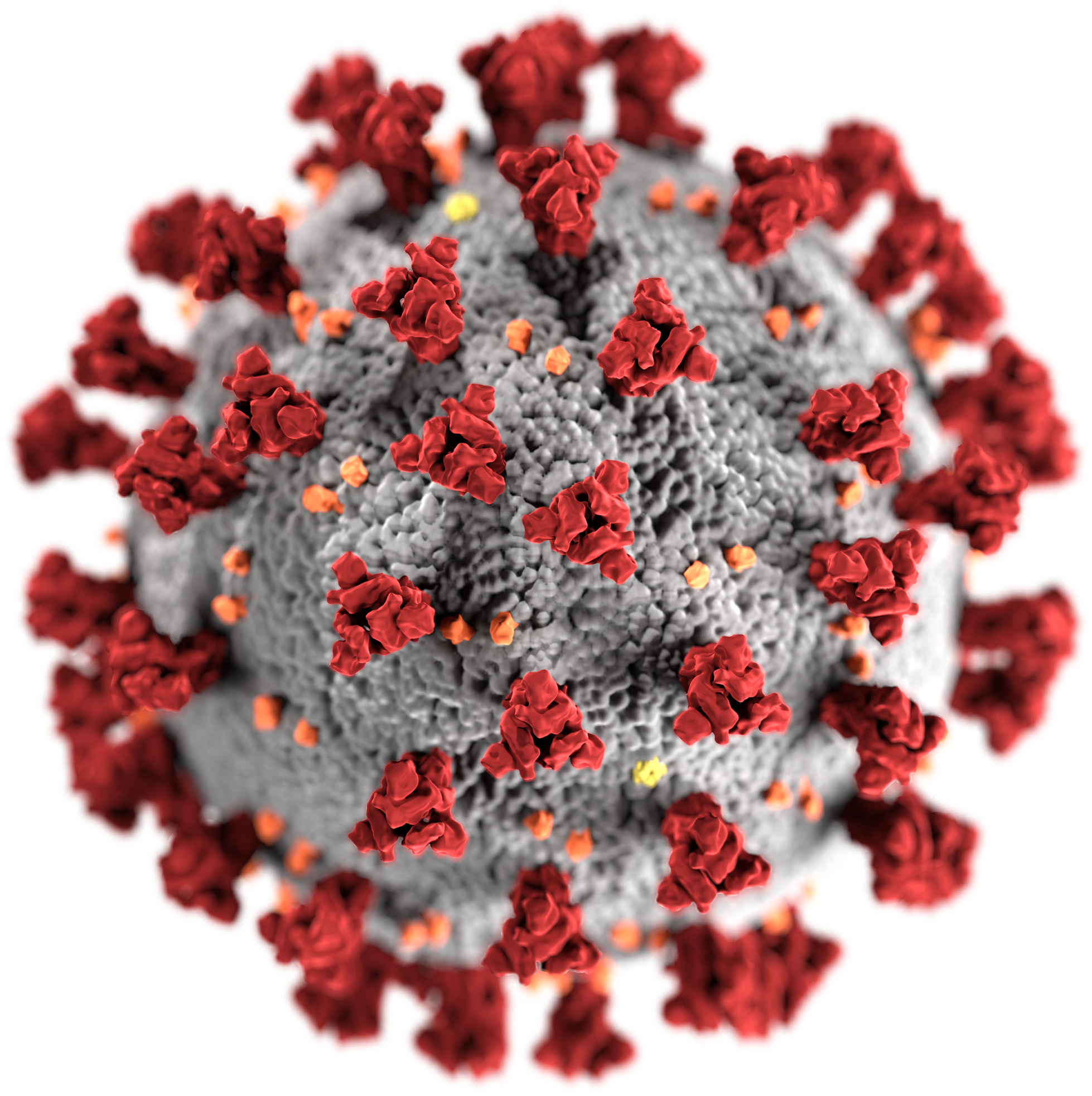User:Shawndouglas/sandbox/sublevel31
Title: COVID-19 Testing, Reporting, and Information Management in the Laboratory
Edition: First edition
Author for citation: Shawn E. Douglas
License for content: Creative Commons Attribution-ShareAlike 4.0 International
Publication date: TBD
This guide discusses the evolving status of the laboratory testing, reporting, and information management for the COVID-19 disease in the United States (and other parts of the world). It also addresses the disease's history, what makes it difficult to combat, and what diagnostic testing methods are currently available. Additionally, the guide examines that testing workflow, along with the equipment, software, and reporting required by testing labs. It closes with a listing of associated resources, including guidance documents, web portals, and key reading.
The table of contents for COVID-19 Testing, Reporting, and Information Management in the Laboratory is as follows:
1. Overview of COVID-19 and its challenges
- 1.1 COVID-19: The terminology
- 1.2 COVID-19: History and impact (so far)
- 1.3 Challenges of managing the disease in the human population
2. Diagnostic testing of COVID-19 and other coronaviruses
- 2.1 Testing terminology
- 2.1.1 Introduction
- 2.1.2 Polymerase chain reaction (PCR)
- 2.1.3 Lateral flow assay (LFA)
- 2.2 Testing conducted on previous coronaviruses
- 2.2.1 Severe acute respiratory syndrome (SARS)
- 2.2.2 Middle East respiratory syndrome (MERS)
- 2.2.3 The common cold
- 2.3 Organizational and agency guidance on COVID-19 testing
- 2.4 Current test methods and their differences
- 2.4.1 Background on the laboratory testing environment
- 2.4.2 PCR-based
- 2.4.3 LFA- and LAMP-based
- 2.4.4 Blood serum
- 2.4.5 Testing alternatives and challenges
3. Workflow and information management for COVID-19 (and other pandemics)
- 3.1 Laboratory informatics and workflow management
- 3.2 Laboratory informatics and reporting requirements
- 3.2.1 ICD and CPT coding
- 3.2.2 Reporting to local and regional health departments
- 3.3 Additional benefits of laboratory informatics in disease testing and public health
4. Final thoughts and additional resources
- 4.1 Final thoughts
- 4.2 Key guidance documents
- 4.3 Web portals
- 4.4 Key journal articles
- 4.5 Public health lab directory
- 4.6 National and global resources
- 4.7 Public health laboratory informatics solutions










